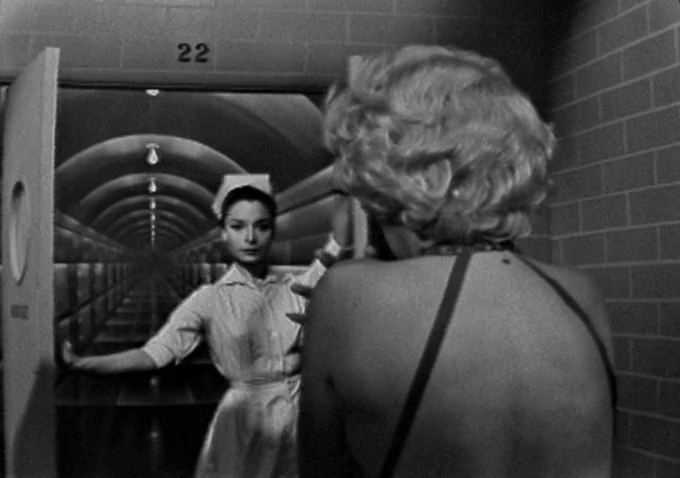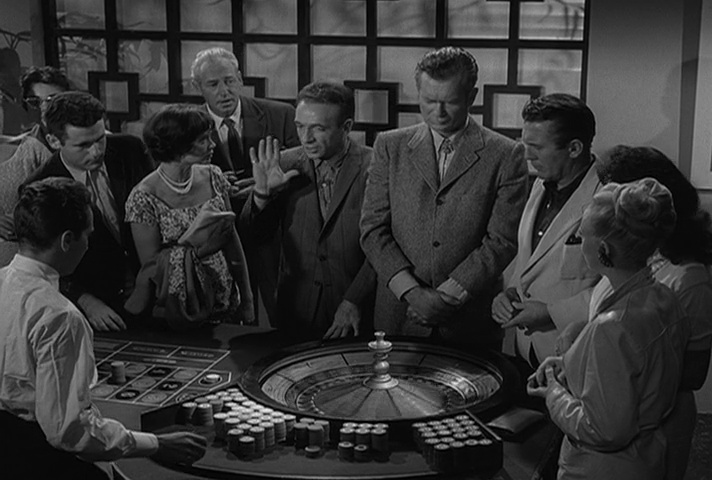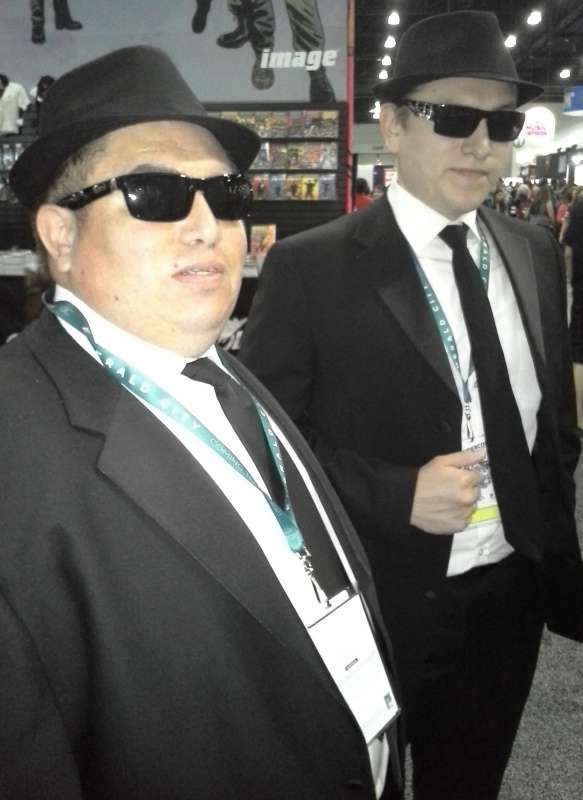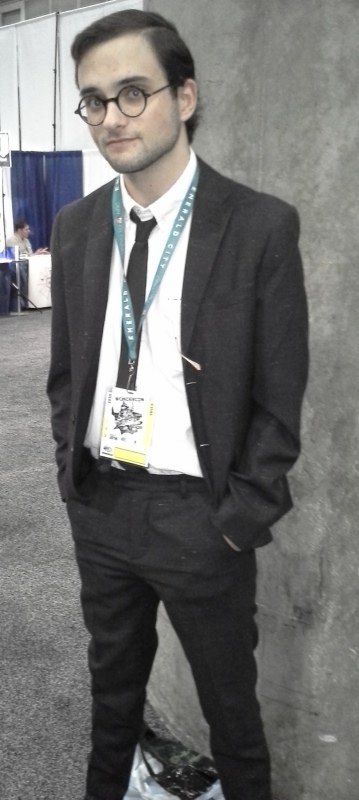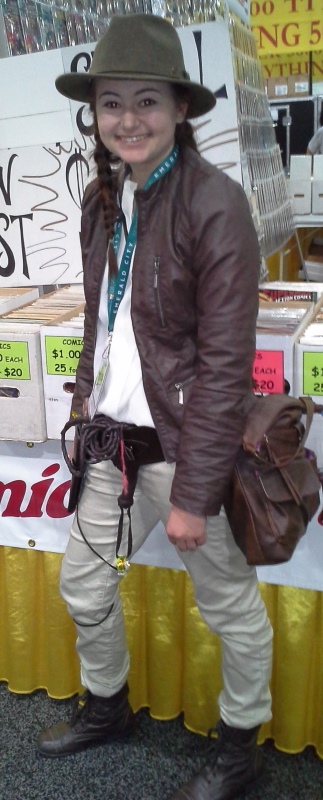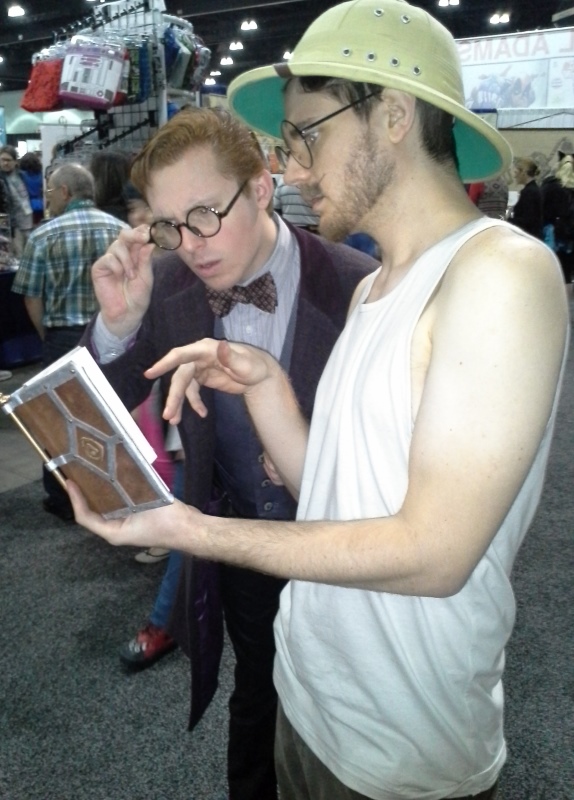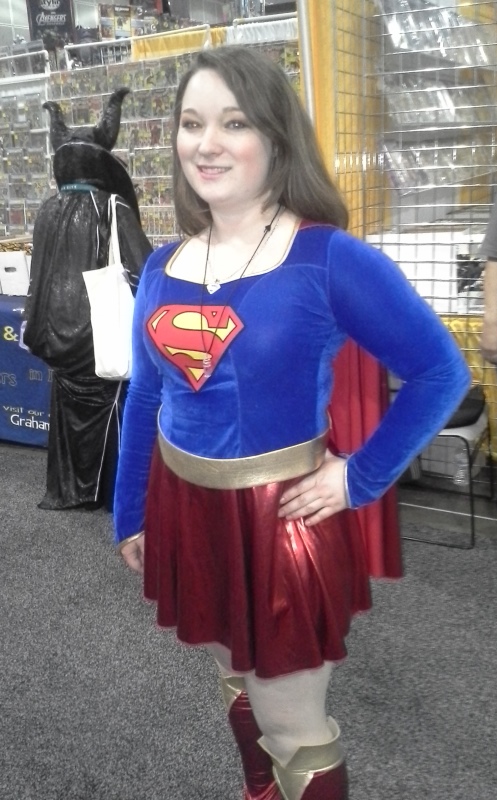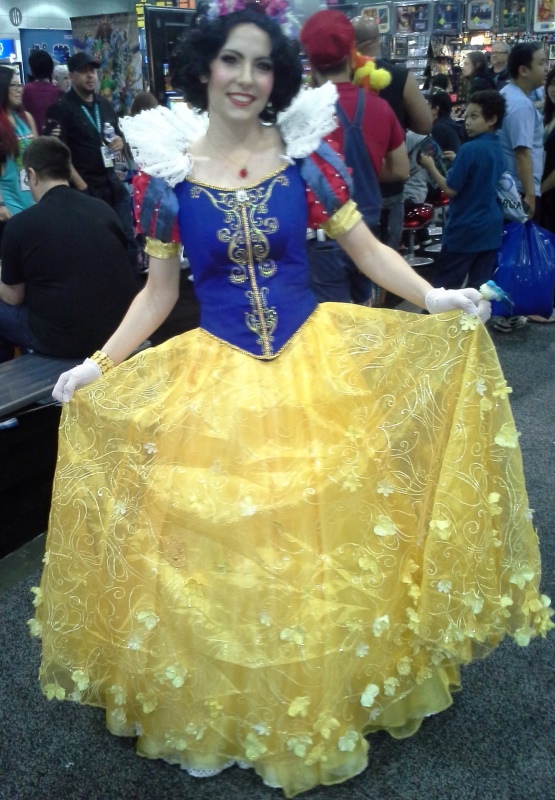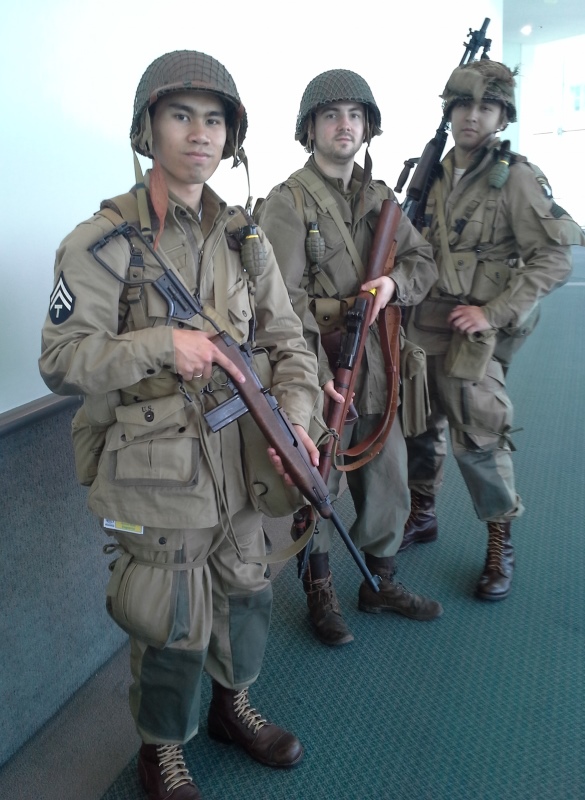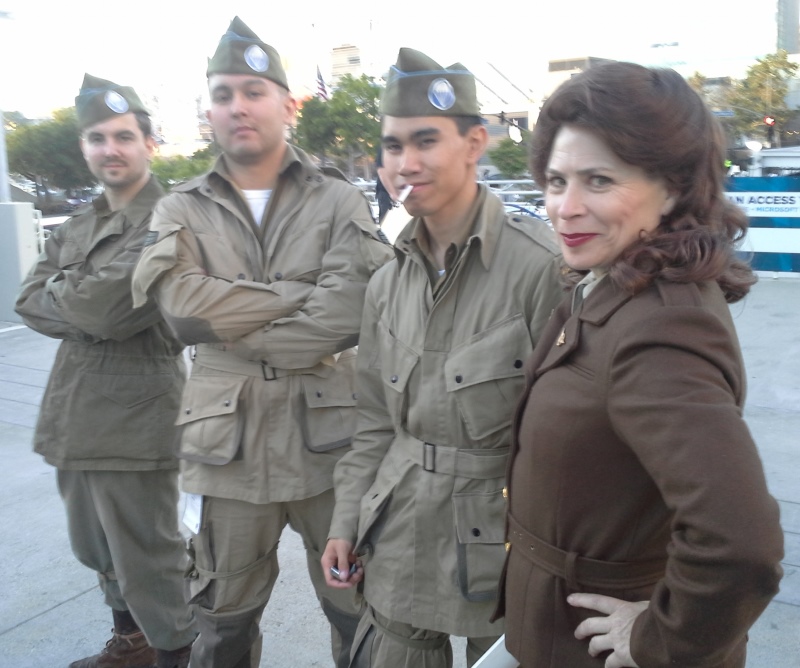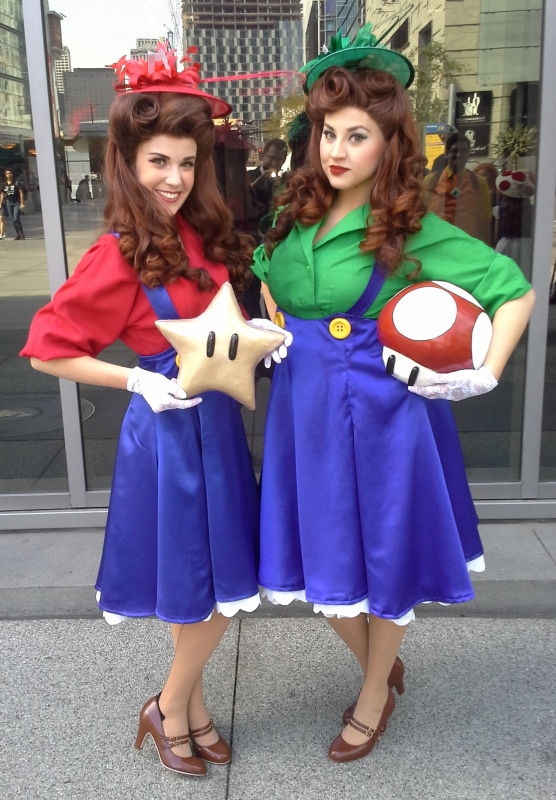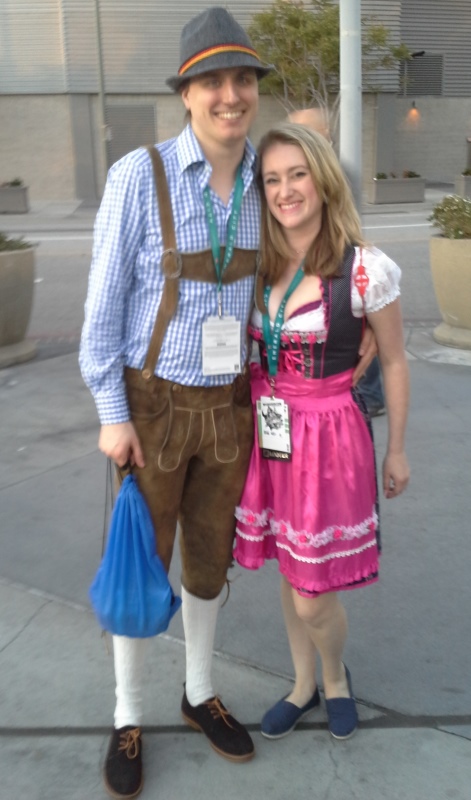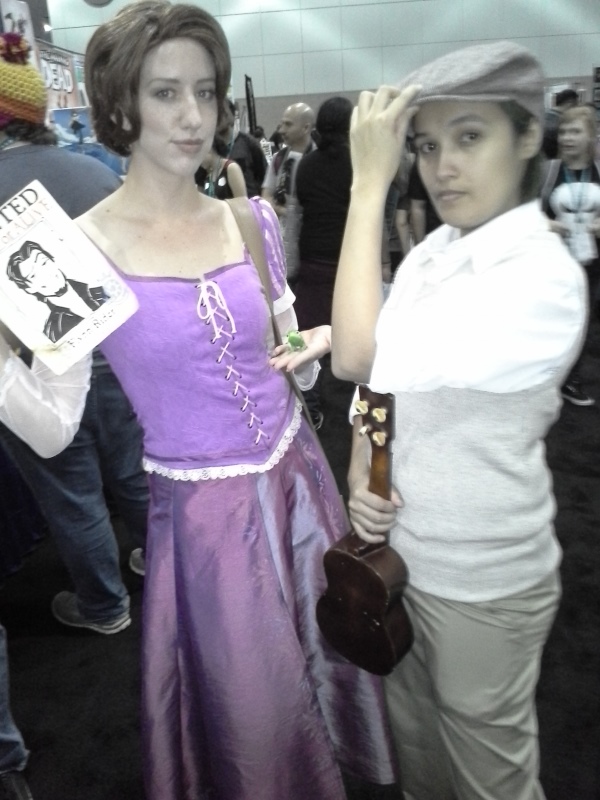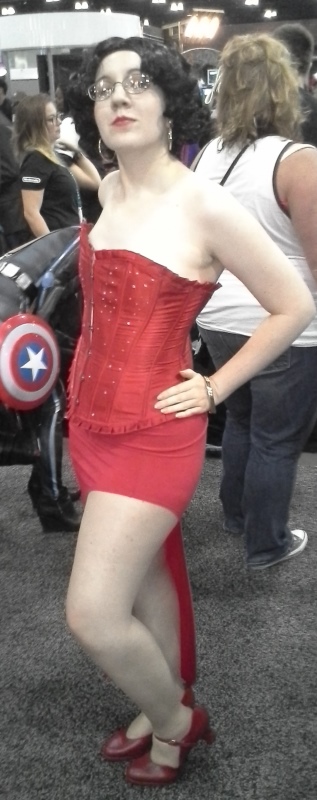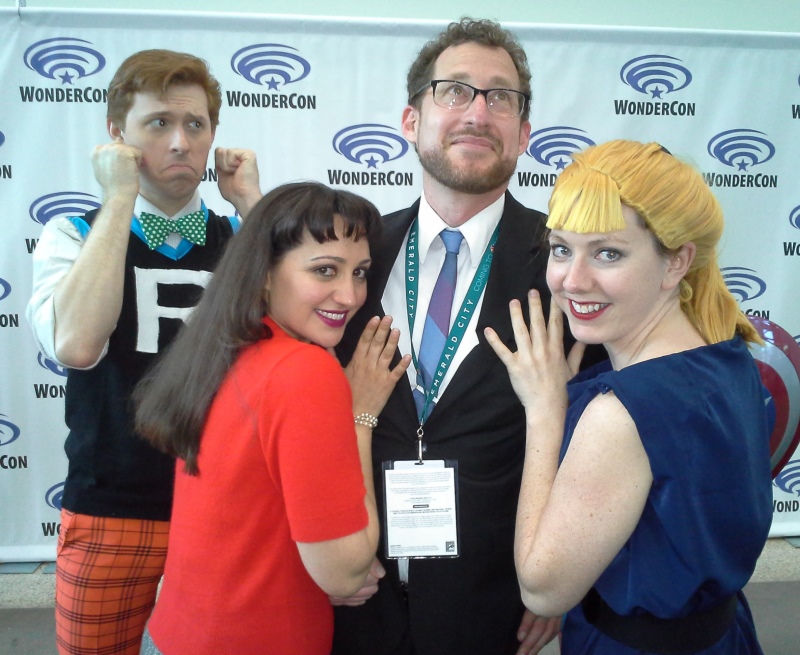The jangling of the telephone broke my slumber far too early. Groggily, I paced to the handset, half concerned, half furious. I picked it up, but before I could say a word, I heard a frantic voice.
"Turn on your radio right now!"
I blinked. "Wha.." I managed.
"Really!" the voice urged. I still didn't even know who was calling.
Nevertheless, I went to the little maroon Zenith on my dresser and turned the knob. The 'phone was forgotten in my grip as I waited for the tubes to warm up. 10 seconds later, I heard the news.
It had happened. A man had been shot into orbit. And it wasn't one of ours.

Last night, Major Yuri Alekseyivich Gagarin blasted off from the Soviet Union in his Vostok spacecraft (Vostok means "East" in Russian, and it is in that direction that the rocket flew). He circled the Earth once before landing with his vehicle. Protected only by steel walls and a space suit, he made it to orbit and back. I had to sit down, so dizzying was the news.
I've now had a few hours to think about this event and determine just what it means for all of us.
For ages, humanity has dreamed about journeying to outer space. We have now finally taken our first shuffling steps off of our world.
Half a century ago, a Russian named Tsiolkovsky determined the first practical way to get there — at the tips of rockets. So it is appropriate that the first human to traverse the regions beyond our atmosphere was a Russian.

For the Communists, it is yet another victory in a race that as yet has no finish line. A demonstration of their superior rocketry, or perhaps a greater willingness to gamble with a person's life.
For the Americans, it is a challenge to meet, not a discouragement. "It doesn't change our program one bit," said Marine Colonel John Glenn, who may well be the first American in space.
For science fiction fans, the impact is tremendous. We have been writing about space travel for decades like a virgin writes about intercourse: avidly, but without experience. Just the other month, there were published stories involving the predicted psychic and physical dangers of space, too horrible to be surmounted.
And yet, Gagarin did it. If he can, others will. Space may not be safe, but it is survivable.
Soon, we will have a flood of new data, and our s-f stories will change accordingly to accommodate. I expect we'll have fewer tales of astronauts who jaunt out in their rocket as if they're out on a Sunday drive, more stories of space programs and the thousands of engineers who make up the bulk of the logistical iceberg.
Some have opined that the more we explore the frontiers that were once solely the province of fiction, the less magical we make our world. I must disagree. This new frontier has hardly been touched, and even when we have thoroughly mapped the regions of low orbit, there is then high orbit, the Moon, the planets, the stars. Each frontier is a gateway to the next.
Today, science fiction is fact, and the domain of science fiction has broadened. I've never been more excited.







